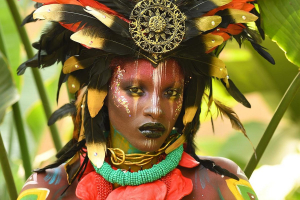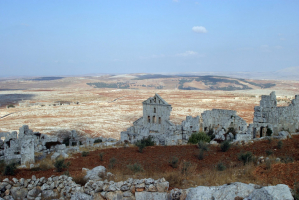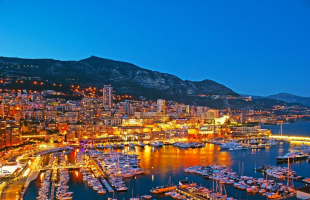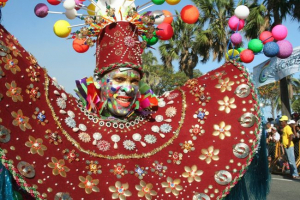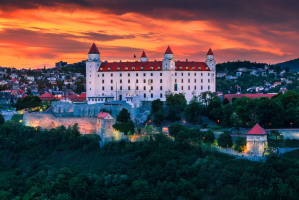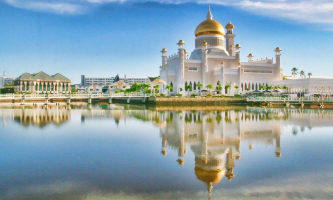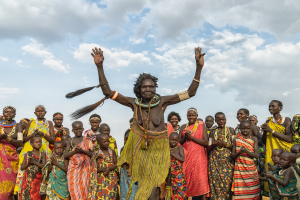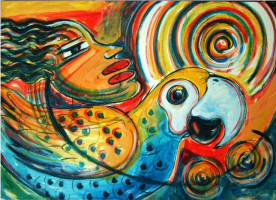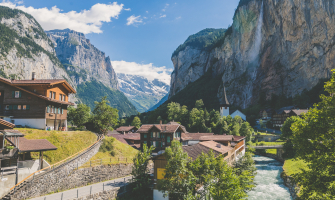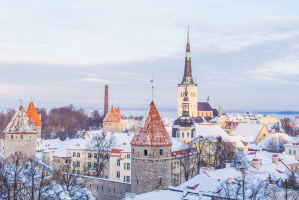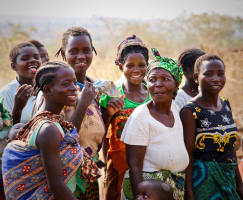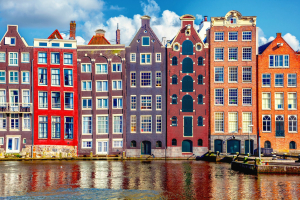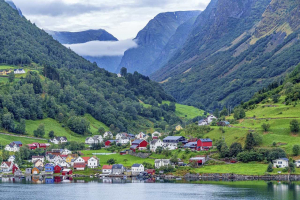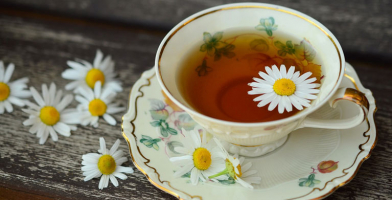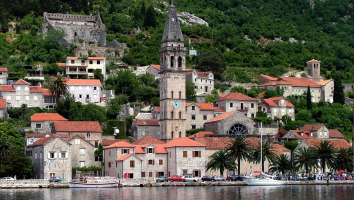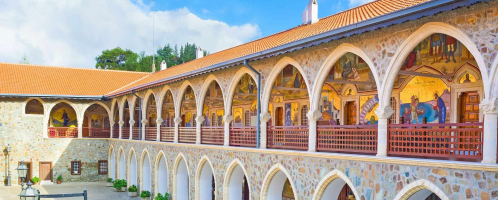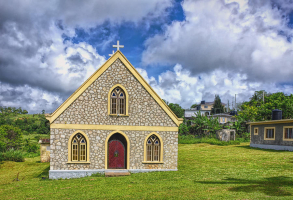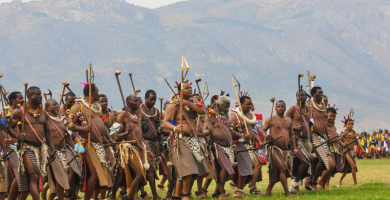Top 7 Mongolian Culture, Customs and Etiquette
Should you remove your shoes when visiting friends? Should you greet those on elevators with a smile? When thinking about the dos and don'ts in your own ... read more...nation, these questions might not seem like the most obvious ones, but things that you might not even consider at home can have a major impact abroad. Here is a list of Mongolian Culture, Customs and Etiquette.
-
Lamaism, a form of Tibetan Buddhism, is the main form of Buddhism practiced by the Mongols. However, before Buddhism was introduced, most people tended to practice Shamanism. In order to establish a secular structure in 1921, the political regime embarked in a period of closing monasteries, seizing land, and compelling monks to forsake their faith. Those that refused were killed.
But in the 1940s, the reopening of a monastery in the capital served as a catalyst for reform, and the government began allowing monks to attend Buddhist conferences in South East Asia. Nevertheless, it wasn't until the 1990s, when the one-party system was abolished, that changes started to take hold. Buddhism experienced a renaissance of adherents and regular practices, and monasteries and temples were rebuilt.
Currently, the country's religious population is fairly diverse. Shamans make up around one-third of the population, Buddhists make up another one-third, and the vast majority of people are atheists. Small communities of Muslims and Christians (estimated at 3% and 2%, respectively) are also present.
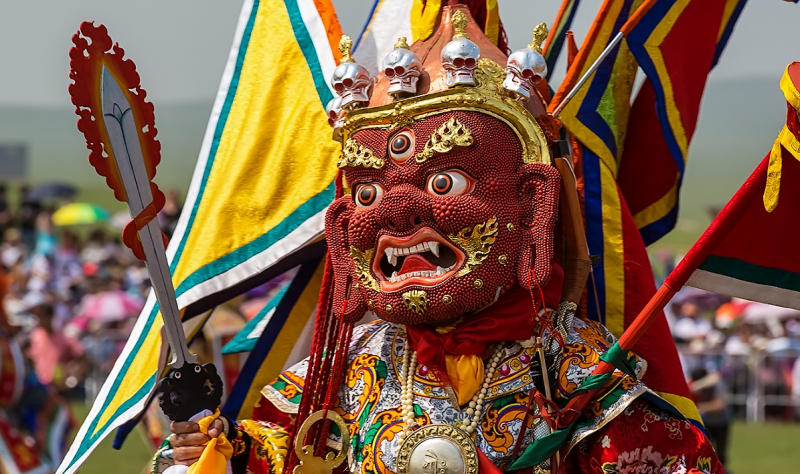
https://www.pinterest.com 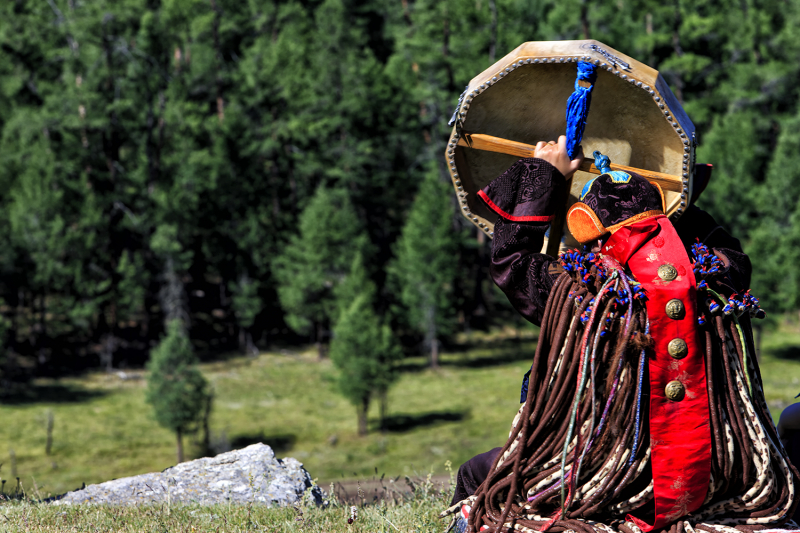
https://mongolianeconomy.mn -
It is crucial to carefully choose your present because in Mongolia, giving is rife with symbolism. In Mongolia, whether a gift's opening faces upward or downward might have various connotations. Gifts with openings facing down are said to cause loss, but those facing up are thought to cause growth, gain, or wealth. Because of this, a pair of traditional slippers from your own country would be appreciated more than a cap.
The majority of Mongols think that a man's belt brings him luck. As a result, a belt can make a thoughtful gift for your male coworkers. Silk in the shape of a purse or scarf is typically well-liked by women. As an alternative, tasty pastries are frequently welcomed. Gifts that come from your hometown or country are more valuable since they reflect your thoughtfulness. It is recommended to man who are delivering gifts for women to present them as coming from their wives or mothers. Typically, gifts are opened in solitude.
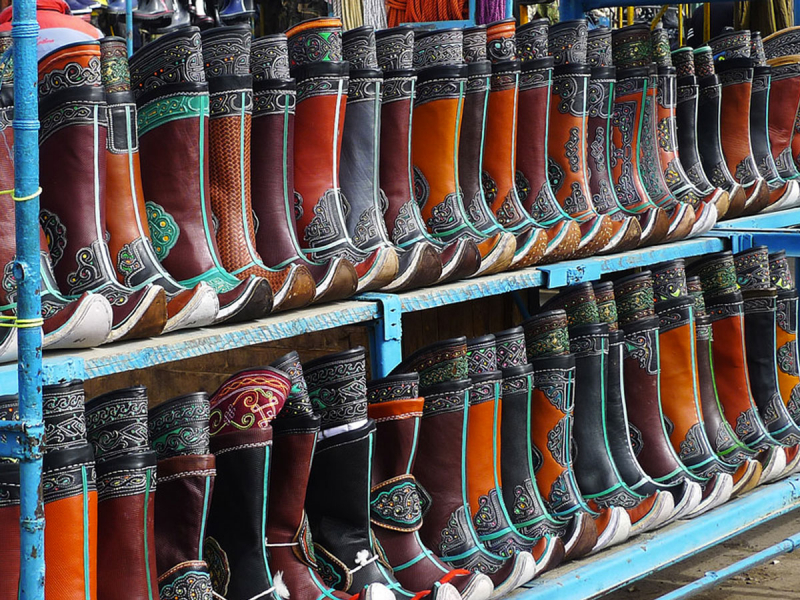
https://tourmongolia.com/ 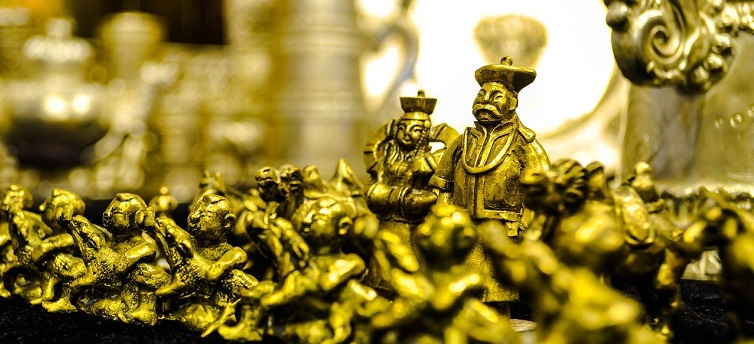
https://www.exoticca.com/ -
In Mongolia, dining manners are typically informal affairs that retain many of the customs that characterized nomadic life. Therefore, most Mongol families do not typically eat together or at a table. Family members often eat when and as they are able.
The majority of Mongol households eat on the floor, despite the fact that some may have a table. If you must sit on the floor, make sure your feet are pointed away from the dining mat and tuck them under your bottom. Arrive on time if you are invited to a Mongol home for dinner since timeliness is vital. Try to consume a small amount of everything offered to you, and accept each gift with gratitude.
Accept each item with your right hand and try to eat a little bit of everything you are given. Be ready to consume a lot of meat that has been wok-cooked without seasoning, though salt is usually added. Other common additions include flour, rice, and potatoes. Stews and thick soups are the most popular dishes in Mongolia.
You may also count on eating bread, mutton pancakes, dumplings, breadsticks, and special Mongol pasta comprised of noodles, pork, potatoes, and carrots. Before beginning a meal, it is usual to sip a cup of black tea called Khar tsai, as this is said to aid with digestion. When a cup of tea is brought to you, you should hold the bottom and sip from it before setting the cup down on the table. Meals may also contain alcohol and Süütei tsai, a salt-flavored milk beverage. Additionally, you should anticipate that the meal will contain a few shots of vodka.
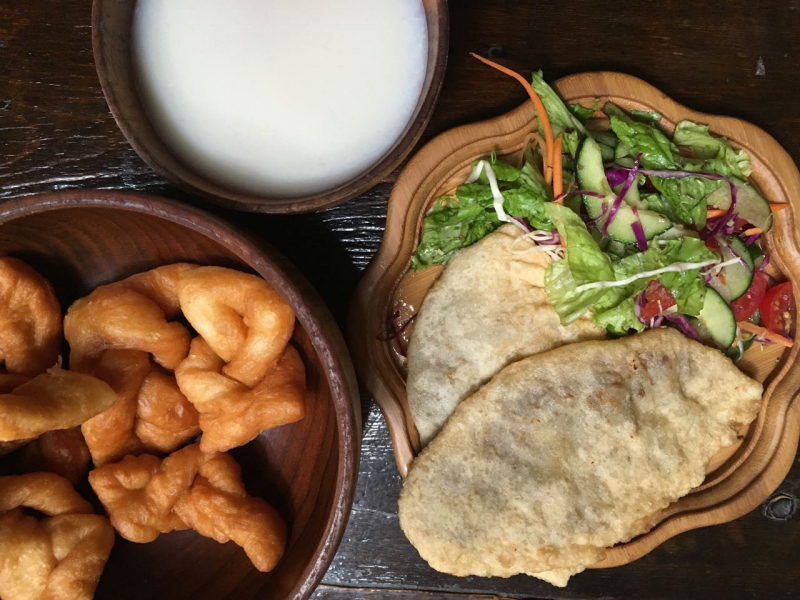
https://suchetarawal.com/ 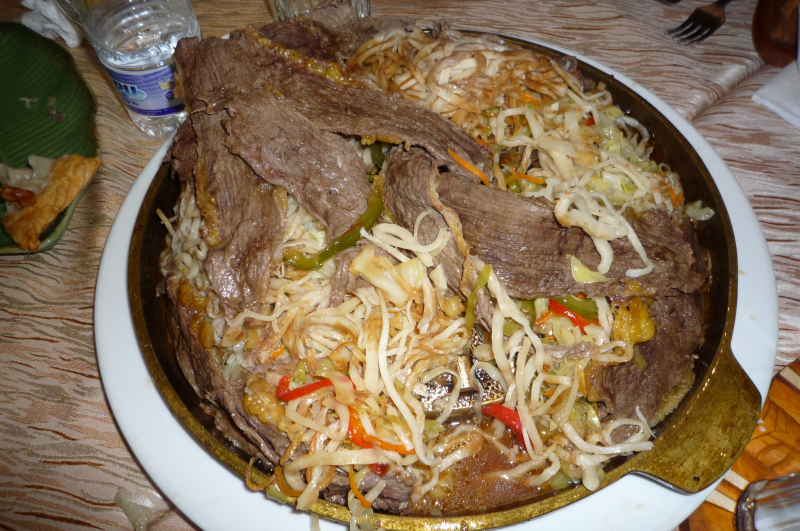
http://aroundtheworldin12dishes.wordpress.com/ -
People in Mongolia typically make low salaries because the nation is not wealthy. Although tipping is a relatively new idea in Mongolia, people do not often anticipate one; yet, due to the low wages, tips are graciously accepted. Mongolian Tögrög should be used to tip people. Don't undervalue the work that long-distance taxi drivers put out when driving over challenging terrain; leave them a gratuity of the equivalent of $10 per day. Wait staff should also receive 10% of the bill at restaurants.
Make sure that gratuities are given to wait workers in cash in the local currency and are not added to card payments. Although there are no strict guidelines, we advise leaving $1 each round of drinks and $1 per day for hotel housekeepers.
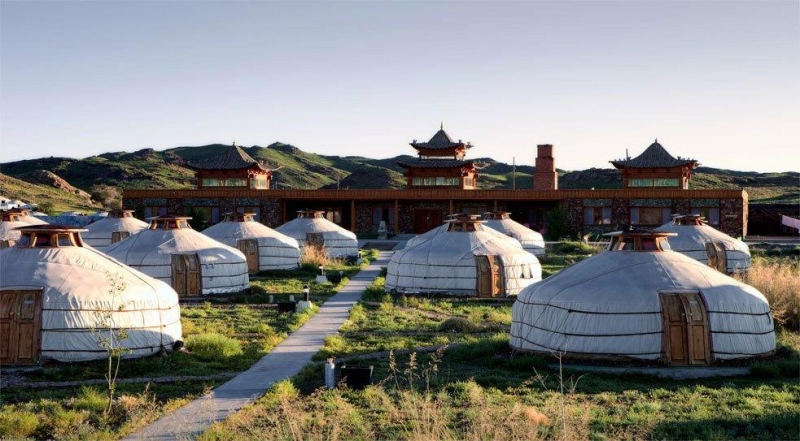
https://www.mongolia-trips.com 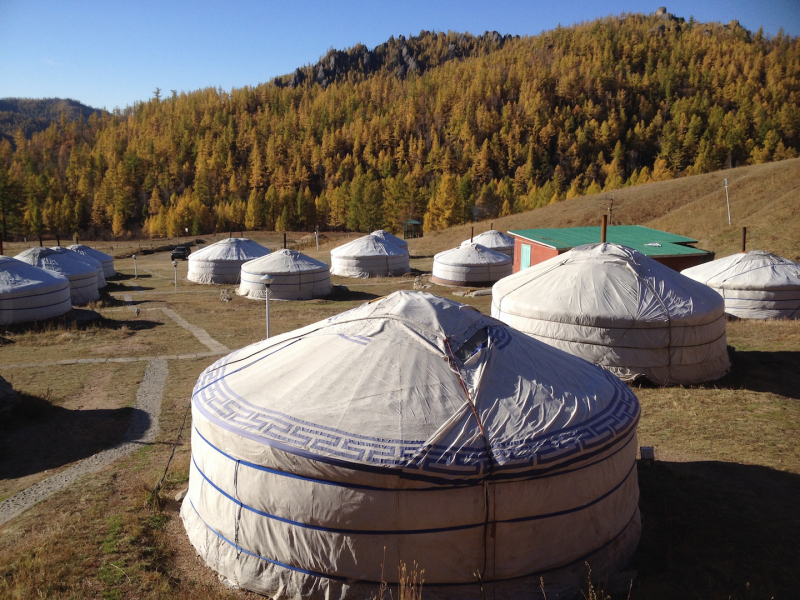
https://www.coffeesphere.com/ -
Mongolians are accustomed to greeting Westerners by shaking hands, and common salutations include "Sain bainu?" and "Saixan namarjinuu?" ("Are you enjoying this fall?"). You must always respond positively to the first question by saying "Sain sain" ("I'm well"). Additionally, Mongolians are at ease offering embraces to one another when they are near.
The customary way to welcome someone in Mongolia, especially in the rural, is to hold out your arms with your palms up and grab the elder person by the elbows. The older man performs the identical action, but with his palms facing down. When people first meet each other or around the Lunar New Year, this kind of greeting is most common.When people meet for the first time in the new year or during the Lunar New Year, they typically greet each other in this manner. Only close friends and relatives normally perform it. The older individual may also deliver a classic kiss by quickly sniffing their forehead or both cheeks.
It's imperative to extend a warm welcome by "Presenting the Hadag." A silk or cotton strip known as a "hadag" is given as a greeting to both Tibetans and Mongolians. Hadag in Mongolia is predominantly sky blue, but it can also be white or pale yellow. If one is fortunate enough to receive a hadag, one should take it with both hands and bow a little. Giving and receiving hadag is a highly significant part of Mongolian culture since it is a visible expression of respect for one another.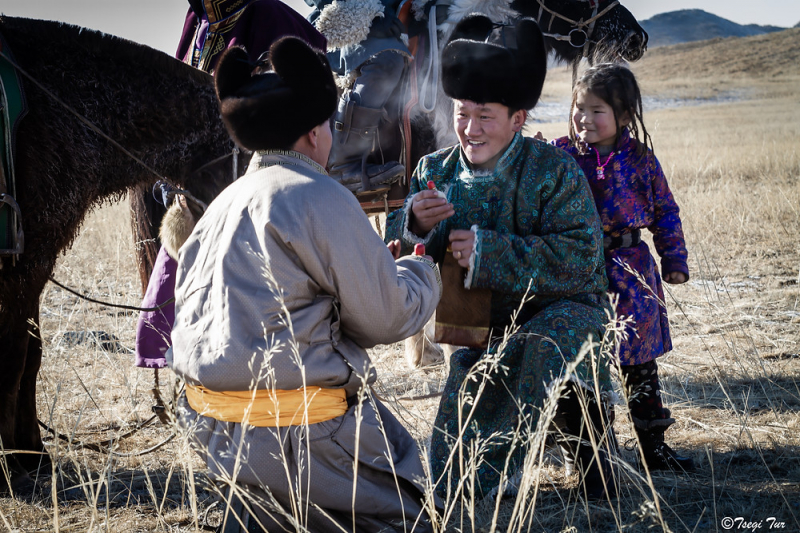
https://www.jamogrand.com 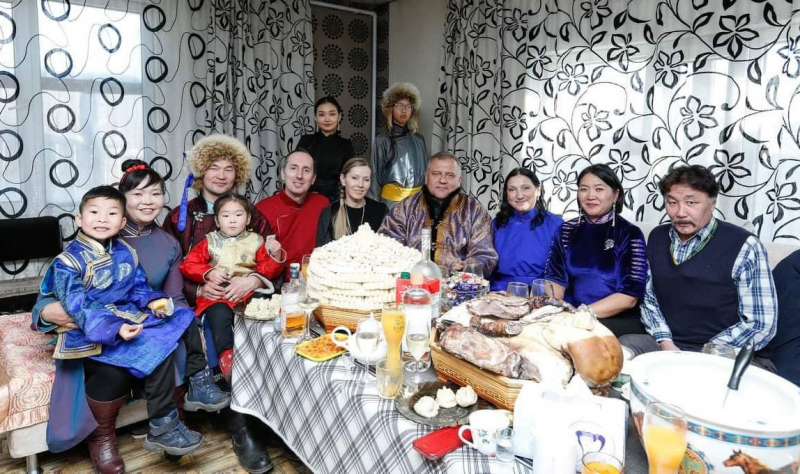
https://mongolia.gogo.mn -
Mongolian culture is a lot like Russian culture when it comes to drinking. Vodka is extremely popular – to excess. Stating “no” doesn’t cut it, culturally speaking, it’s considered rude not to have at least one drink with your host. If you’re up for it, ask for “nermel areehk” or “changa yum” if you want to try homemade Mongolian vodka.
The national drink of Mongolia is known as Airag, this is a summer seasonal drink made from fermented mare’s milk. Obviously, Mongolia is incredibly different than most Western countries, and it might seem like a very strange place. Mongolians will generally be forgiving if you mess up any of the etiquette rules, but by attempting to follow them respectfully.
If given a glass of vodka, dip your finger into it, flick it once toward the sky, once toward the ground, and then splash some on your forehead in remembrance of the regional booze. Put your finger to your forehead, say "thank you," and set the glass back on the table if you don't want any vodka. Typically, airag/khomis is served in a big bowl after being spooned out of a big container. It is frequently distributed in a communal bowl.
https://www.pinterest.com 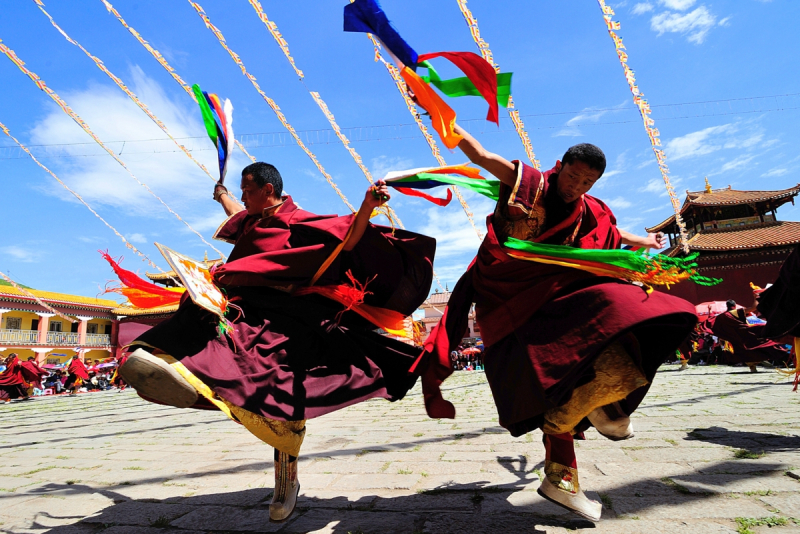
https://www.drinkteatravel.com/ -
In Mongolian society, decency and respect are highly valued. They have a good disposition and are honest. They invite visitors passing through the grasslands to spend the night in their yurts and serve them milk tea, mutton, and milk wine.
The hosts will always give the visitors a hearty send-off before they go. Young people are expected to respect older people according to several norms of conduct. Since they were the primary news sources from the outside world, visitors have traditionally been welcomed with open arms.
In this herding civilization, traditionally, families were the primary unit of production. Sons typically established houses in a common camp with their fathers since the kinship system was patrilineal. Parents would arrange marriages, and depending on the social standing of the family, a wedding dowry would be negotiated. In the 20th century, it became customary for kids to pick their own spouses.
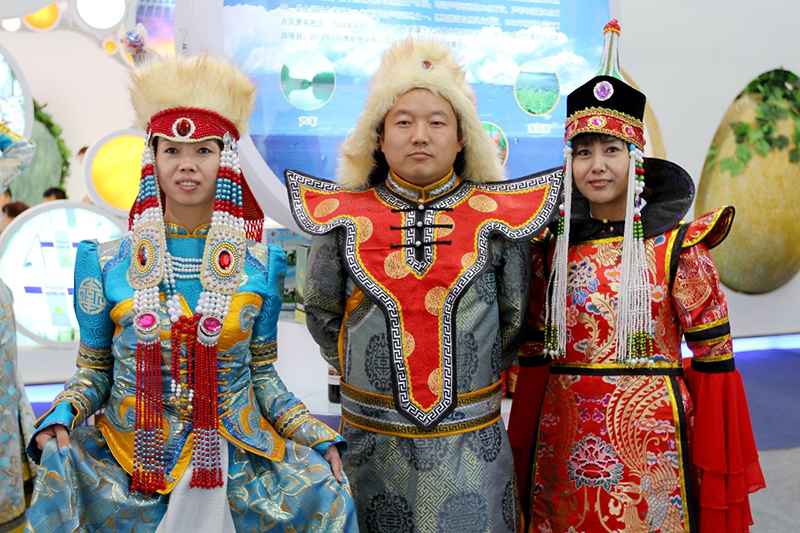
http://asiancustoms.eu 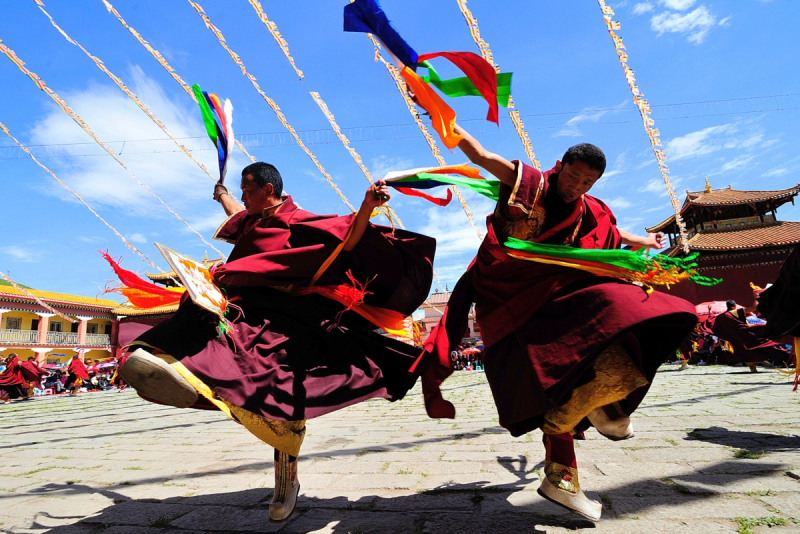
http://whistlingarrow.com









